The Pag cheese tradition
Pag cheese is a beauty
made of sage and immortelle, mugwort and cistus,
Jerusalem thorn and fennel
salted by hurricanes from two basins
eaten by Biliška and Mrkuša
Kaloka and Rogulja, Ćala and Pećara
hiding among babulja rocks.
Šime Gligora continues his father's verses:
The bora, the sheep, the man. And the island of Pag. Here comes the recipe for Pag cheese, the most famous Croatian autochthonous cheese.
The bora – the cold wind, rough and dangerous, unpredictable, moody, and so much needed. Needed for survival of the fittest. Only the plants such as sage, immortelle, cistus, Jerusalem thorn, fennel, could survive growing in the salty soil receiving the sea water from two basins: the channel under Velebit, and the Bay of Pag, and containing the salutary aromatic substances.
The Pag sheep – called Biliška, Ćara, Pećara, Rogulja and Kaloka, resisted to the bora during centuries. The sheep eat aromatic plants in the meadows, among the rocks called babulji.
The sheep are fully accustomed to the rough island weather and present an autochthonous species being kept freely on the pastures.
Only the strongest and the most resistant can survive on the island. Together with the Pag sheep humans also survived here. They received the wool, the skin, the meat and finally the cheese from the sheep. The cheese is the Pag's essence, the beauty. But it is not easily obtained. People used to get up before the dawn, build drystone walls, milk the sheep with their hands, turn the cheese around to preserve it…. a battle. Who is the strongest one? The bora, the island, the sheep? The human?
But the effort is always recognized.
The island of Pag is most diverse Adriatic island with the highest number of basins, where the mild Mediterranean climate and the rough and cold continental climate of the snowy mountain tops meet thanks to the nearby Velebit, the most beautiful Croatian mountain.

As the warm and the cold air mass touch on Velebit, the famous northern wind is created, especially in the winter – the bora. Bora is a cold, strong, and moody wind going down the southern mountain slopes coming down to the still sea surface where in the blink of an eye it creates the fog made up of tiny sea drops which it dries and turns into the sea salt dust. Then bora spreads the salt on the island turning Pag into a white and salty island. If it does not rain in the next several days, and the salt is not washed away, when it gets humid, the salty dust will spread around the scarce vegetation as if being spilled over with boiling water. In such conditions, only extremely resistant and mostly aromatic plants can survive, including the most famous and precious one, the Pag's sage.
Numerous colonies of these aromatic plants with colored little flowers decorate the clean and white karst on Pag during the spring time, thus, along with other herbs, presenting the food for the sheep freely walking and eating down the Pag's pastures.
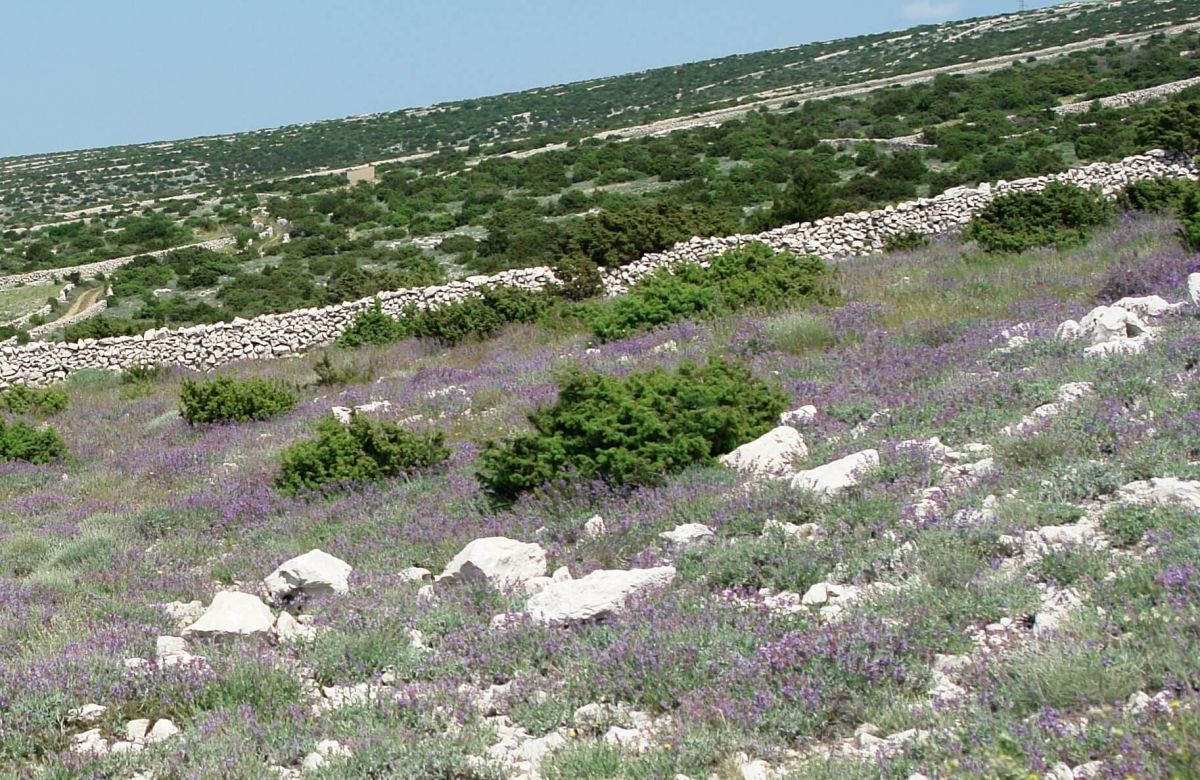
The cheese production tradition on the island is considered to be as old as sheep farming, while the the Liburni, an Illyrian tribe were most likely the first farmers here. They lived on the island around 800 BC, and even today above Kolan there can be seen one of the most preserved drystone fortresses belonging to the Liburni. However, the first written trace of Pag cheese dates back to 1774, when the travel writer Alberto Fortis in his work Travels into Dalmatia wrote how the most important Pag's products included: sea salt, sage honey, wool and cheese.
Until the beginning of the 20th century, the Kolan farmers used to have their stone cottages made of drystone walls and used for milking areas and for living. The stone little houses were covered with reed and sedge from the nearby Kolan field and were called stani. Stani were located outside of the village down the slopes of the scarce Pag's pastures.
The majority of Pag's pastures can be found on the hilly parts of the island and are fenced with stones or drystone walls. Drytone walls resemble to the famous Pag lace as they covered the Pag's hills dividing them into smaller parts and paths used by people, transportation vehicles and sheep. Men used to take care of the sheep and the milking process in stani. The pastures became a private property in the beginning of the 20th century, while the owners fenced their pastures with drystone walls. Stani then were no longer in use as shepherd houses, since shepherds came back to Kolan and women started taking care of the milking process. Slowly but safely, Pag cheese became famous and used not only by locals but also as a popular product on the market thus becoming the more and more significant source of financial profit.
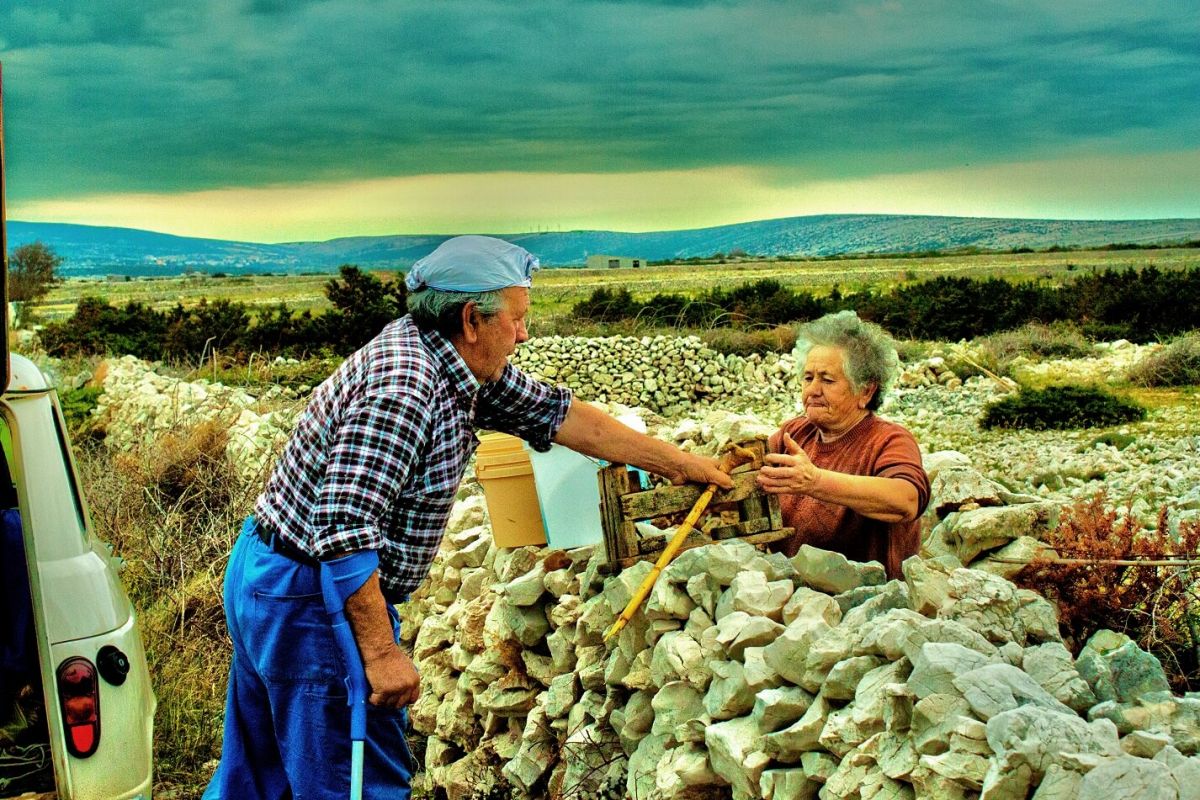
This is the period of agricultural associations on the island, which purchased the cheese from local households and sold them on the local market. However, production plants opened eventually, enabling a more serious and balanced production, promotion and launching Pag cheese on a bigger market. Today, the majority of this limited top quality product is produced in the registered facilities.
Photo Gallery:
pags pastures adriatic island pag croatian autochthonous cheese aromatic plants top quality cheese pag cheese promotion

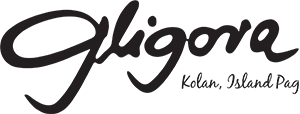
 English
English


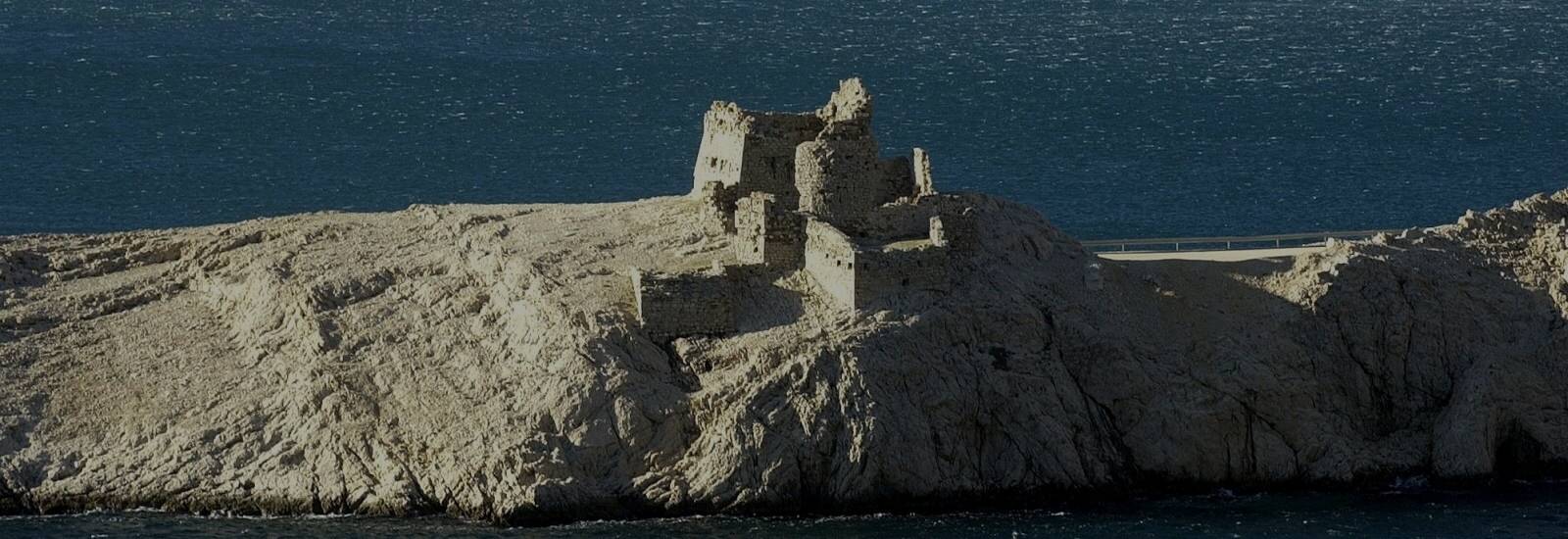

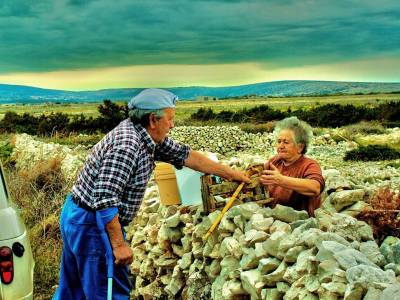
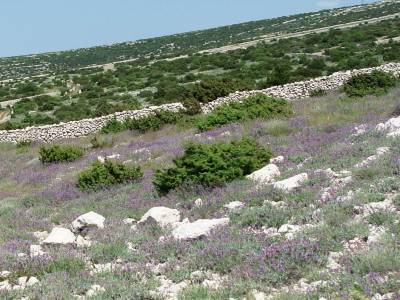




_800_800_s_c1.jpg)

